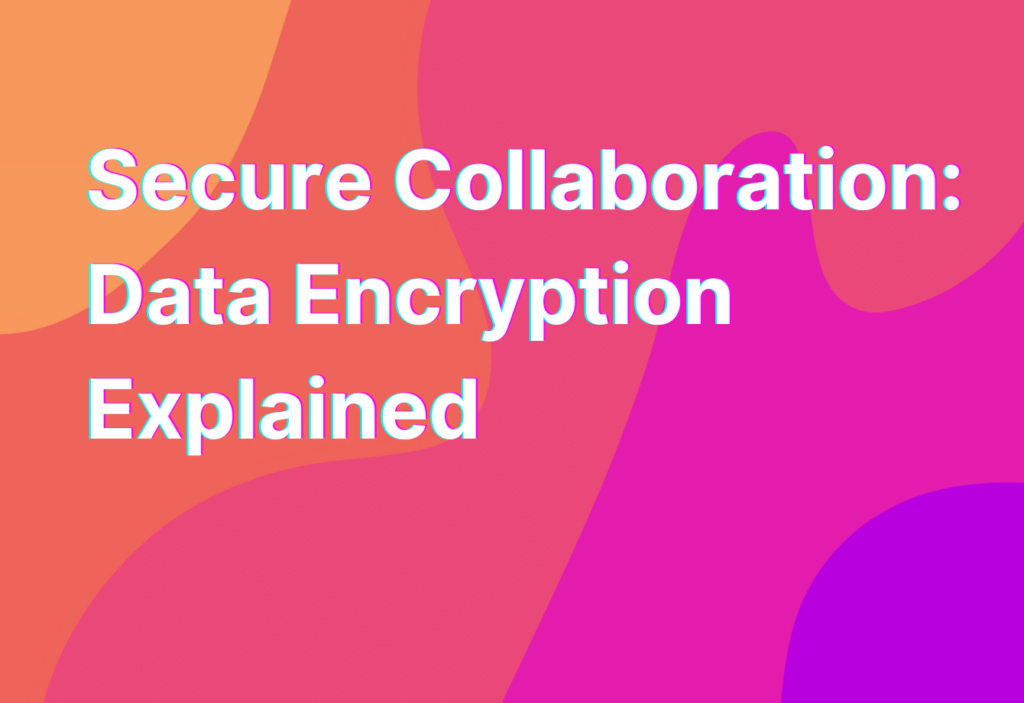Secure Collaboration: Data Encryption Explained
Hey there, remote work enthusiasts! It’s Ashley here, your go-to gal for all things remote work. Today, I want to dive into the fascinating world of data encryption. Now, I know what you’re thinking, “Ashley, what on earth is data encryption?” Well, my friend, buckle up and get ready to have your mind blown!
What is Data Encryption?
Data encryption is like a secret code that keeps your sensitive information safe and secure. It’s a way of scrambling your data so that only authorized parties can access it. Think of it as a virtual lock and key system, where your data is the treasure and encryption is the lock that keeps it safe.
So, how does data encryption work? Well, it all starts with an encryption algorithm. This fancy term refers to a set of mathematical instructions that transform your data into an unreadable format. Only those with the right decryption key can unlock and read the encrypted data.
Why is Data Encryption Important?
Now, you might be wondering why data encryption is such a big deal. Well, my friend, let me tell you. In today’s digital age, where cyber threats lurk around every corner, protecting your sensitive information is crucial. Whether you’re working remotely or collaborating with team members across the globe, data encryption ensures that your data remains confidential and secure.
Imagine this: you’re working on a top-secret project for your company. Without data encryption, anyone with malicious intent could intercept your communication and gain access to sensitive information. Yikes! But with data encryption, your data is transformed into an unreadable format, making it virtually impossible for hackers to decipher.
Types of Data Encryption
Now that we understand the importance of data encryption, let’s explore some of the different types you might come across:
- Symmetric Encryption: This type of encryption uses a single key to both encrypt and decrypt the data. It’s like having a master key that can lock and unlock your treasure chest.
- Asymmetric Encryption: Unlike symmetric encryption, asymmetric encryption uses two different keys – a public key and a private key. The public key is used to encrypt the data, while the private key is used to decrypt it. It’s like having a lock and key system where the lock is public, but only the key holder can unlock it.
- Hashing: Hashing is a type of encryption that converts your data into a fixed-length string of characters. It’s a one-way process, meaning you can’t reverse-engineer the original data from the hash. It’s like turning your data into a secret code that can’t be cracked.
Applications of Data Encryption
Data encryption has a wide range of applications in our digital world. Here are just a few examples:
- Secure Communication: When you send an email or chat with your team members, data encryption ensures that your messages remain private and confidential.
- Online Banking: When you make a transaction or check your account balance online, data encryption protects your financial information from falling into the wrong hands.
- Cloud Storage: Services like Dropbox and Google Drive use data encryption to keep your files safe and secure in the cloud.
- Secure File Transfer: When you share files with colleagues or clients, data encryption ensures that only the intended recipients can access them.
- Virtual Private Networks (VPNs): VPNs use data encryption to create a secure connection between your device and the internet, protecting your online activities from prying eyes.
Wrapping Up
And there you have it, folks! A crash course in data encryption. We’ve explored what it is, why it’s important, and some of the different types and applications. Now that you understand the basics, you can take steps to ensure that your data remains safe and secure in our digital world.
If you’re interested in learning more about efficient data management tools and software, be sure to check out this page. It’s chock-full of valuable information to help you streamline your remote work processes.
Until next time, stay safe and keep those encryption keys close!


